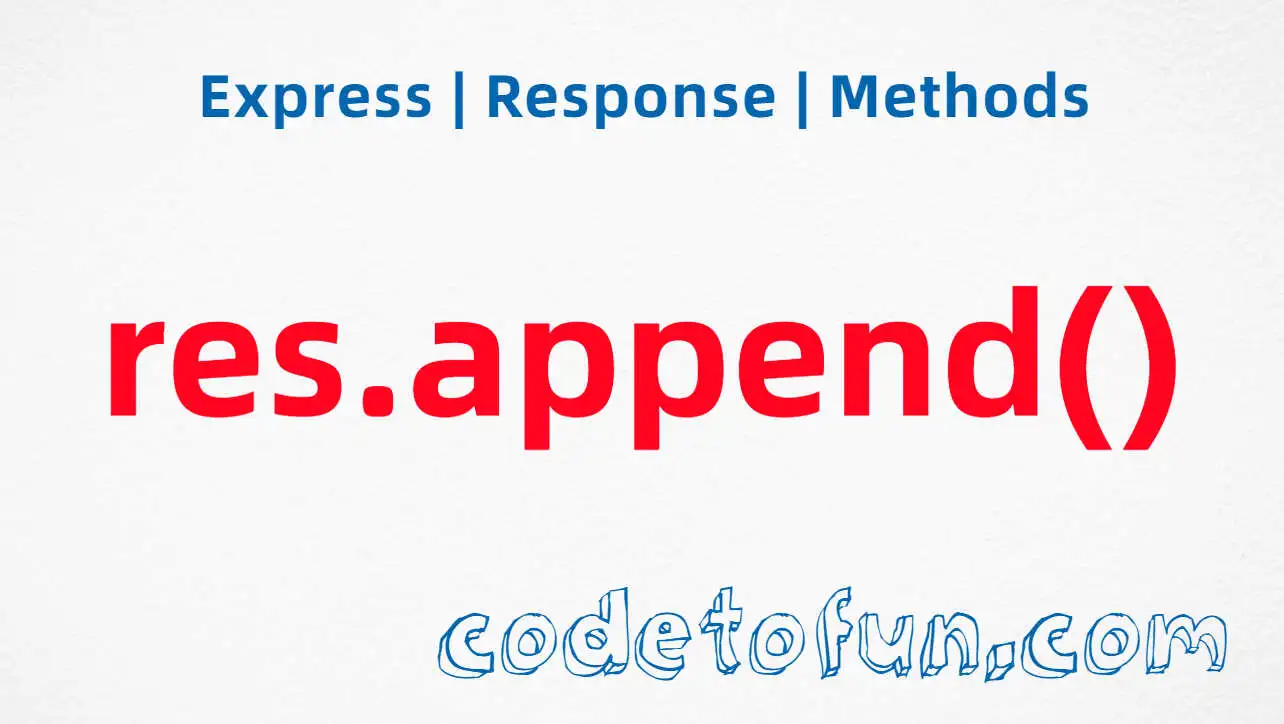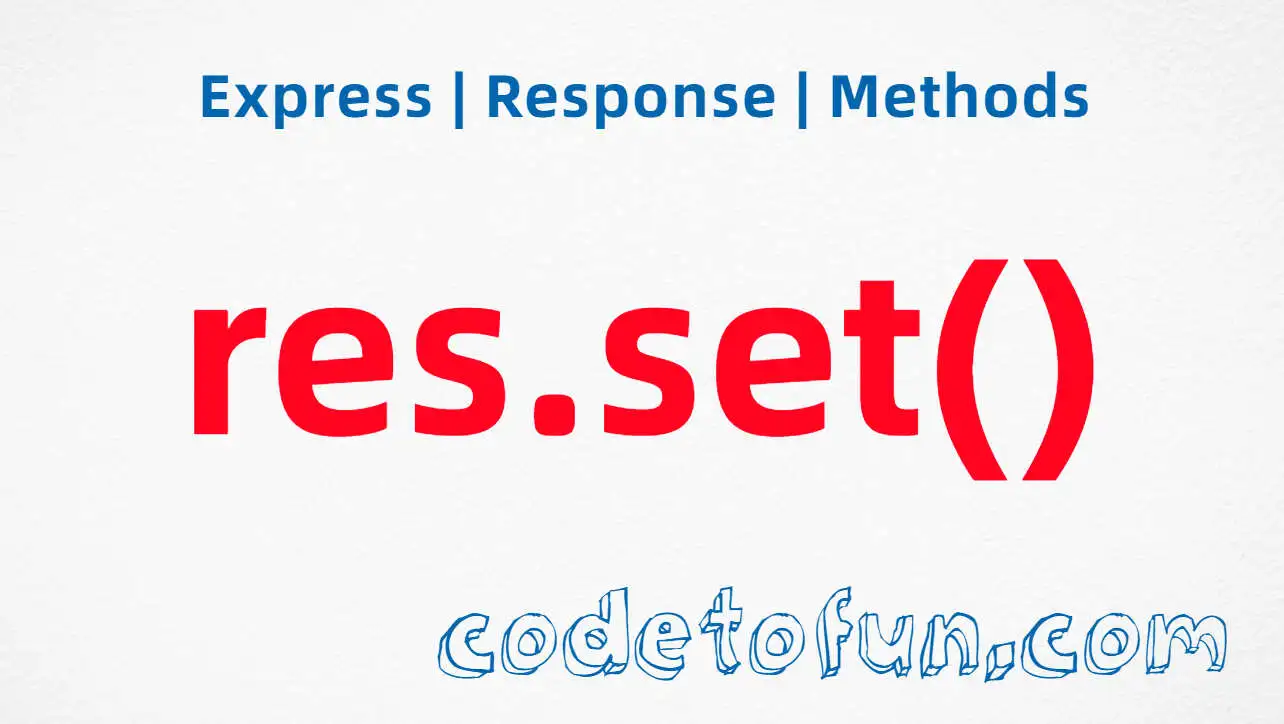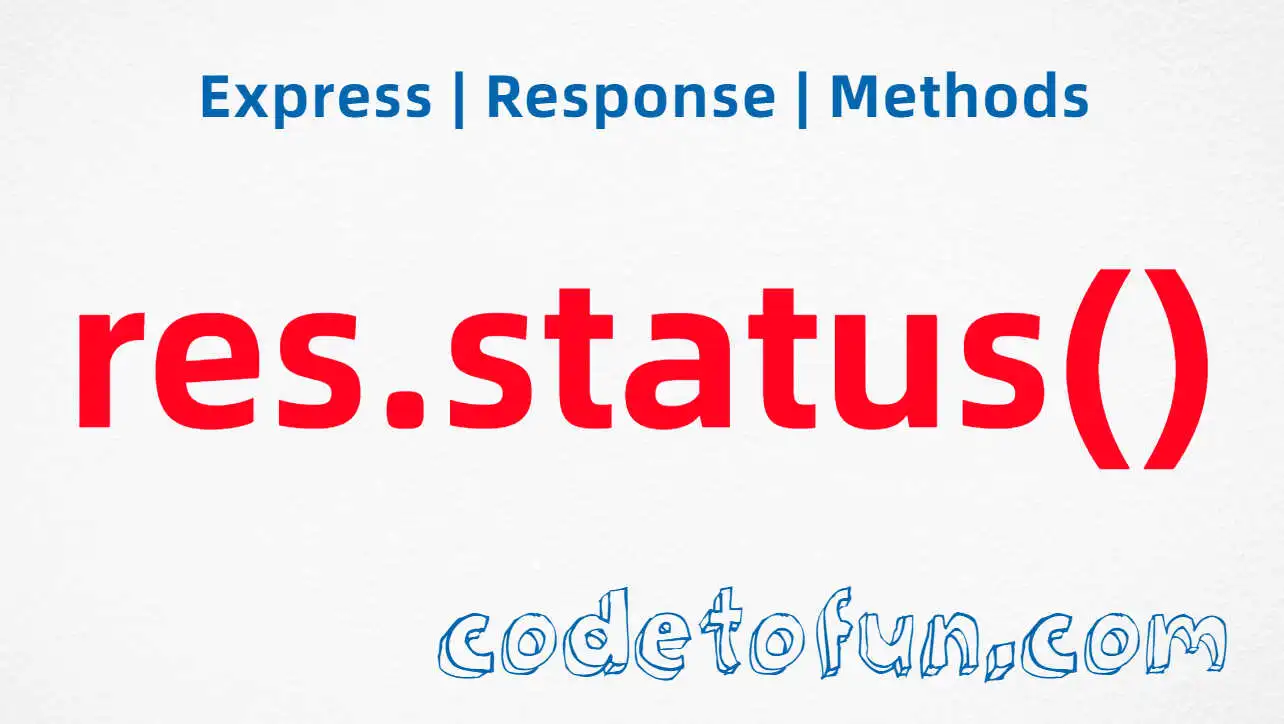
Express.js Basic
- express Intro
- express express()
- express Application
Properties
Events
Methods
- express Request
- express Response
- express Router
Express app.enable() Method

Photo Credit to CodeToFun
🙋 Introduction
Express.js is a powerful web application framework for Node.js, offering a wide array of methods to streamline the development process. One such method is app.enable(), a handy tool for managing feature flags in your Express.js applications.
In this guide, we'll explore the syntax, usage, and practical examples of the app.enable() method to help you implement feature toggles effectively.
💡 Syntax
The app.enable() method has a simple syntax:
app.enable(featureName)- featureName: A string representing the name of the feature you want to enable.
🟢 Enabling and Disabling Features
With app.enable(), you can easily enable or disable features in your Express.js application. This is particularly useful when you want to control the availability of certain functionalities dynamically.
// Enable a feature
app.enable('myFeature');
// Check if a feature is enabled
if (app.get('myFeature')) {
// Implement the feature logic
console.log('My feature is enabled!');
} else {
console.log('My feature is disabled.');
}In this example, the app.enable('myFeature') statement enables a feature named 'myFeature', and later, you can check its status using app.get('myFeature').
📚 Use Cases
A/B Testing:
Toggle A/B testing on specific routes using
app.enable()to control which users experience the experimental variations.example.jsCopied// Enable A/B testing for a specific route app.get('/ab-test', (req, res) => { if (app.get('abTesting')) { // Implement A/B testing logic res.send('A/B Testing is enabled for this route.'); } else { res.send('A/B Testing is disabled for this route.'); } });Beta Features:
Gradually roll out beta features by enabling them selectively with the
app.enable()method.example.jsCopied// Enable beta features for a group of users app.get('/beta', (req, res) => { if (app.get('betaFeatures')) { // Implement beta feature logic res.send('Welcome to the beta version with new features!'); } else { res.send('You are using the stable version.'); } });
🏆 Best Practices
Clear Naming:
Choose clear and descriptive names for your features to enhance readability and maintainability.
example.jsCopied// Enable or disable caching app.enable('cache');Centralized Configuration:
Maintain a centralized configuration file for feature flags to easily manage and update them.
config.jsCopied// config.js module.exports = { abTesting: true, betaFeatures: false, };Dynamic Feature Toggling:
Toggle features dynamically based on runtime conditions or user preferences.
example.jsCopied// Enable a feature for premium users app.get('/premium', (req, res) => { if (req.user && req.user.isPremium) { app.enable('premiumFeature'); res.send('Premium feature is enabled for you!'); } else { res.send('Upgrade to premium to unlock additional features.'); } });
The app.js file as follows:
// app.js
const config = require('./config');
// Enable features based on the configuration
if (config.abTesting) {
app.enable('abTesting');
}
if (config.betaFeatures) {
app.enable('betaFeatures');
}🎉 Conclusion
The app.enable() method in Express.js provides a flexible mechanism for managing feature flags in your applications. Whether you're conducting A/B testing or gradually rolling out new functionalities, understanding how to use app.enable() will empower you to control features dynamically.
Now equipped with knowledge about the app.enable() method, go ahead and implement feature flags to enhance the flexibility of your Express.js applications!
👨💻 Join our Community:
Author

For over eight years, I worked as a full-stack web developer. Now, I have chosen my profession as a full-time blogger at codetofun.com.
Buy me a coffee to make codetofun.com free for everyone.
Buy me a Coffee












If you have any doubts regarding this article (Express app.enable() Method), please comment here. I will help you immediately.